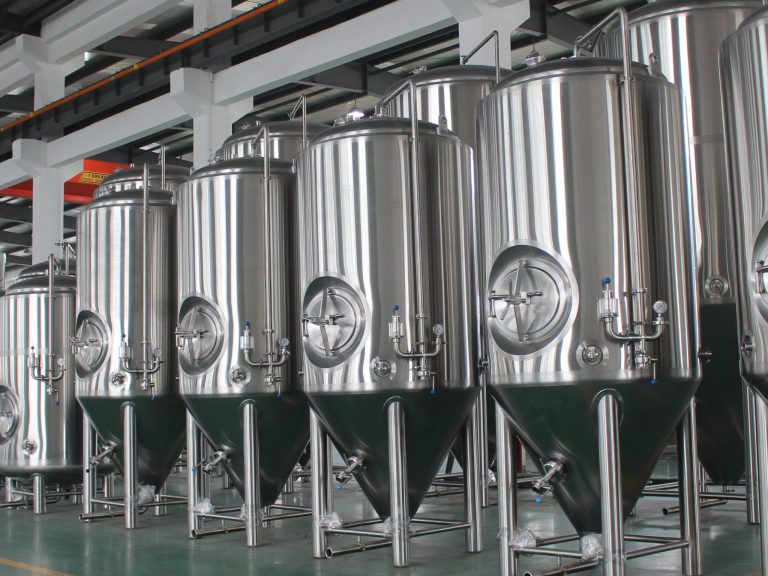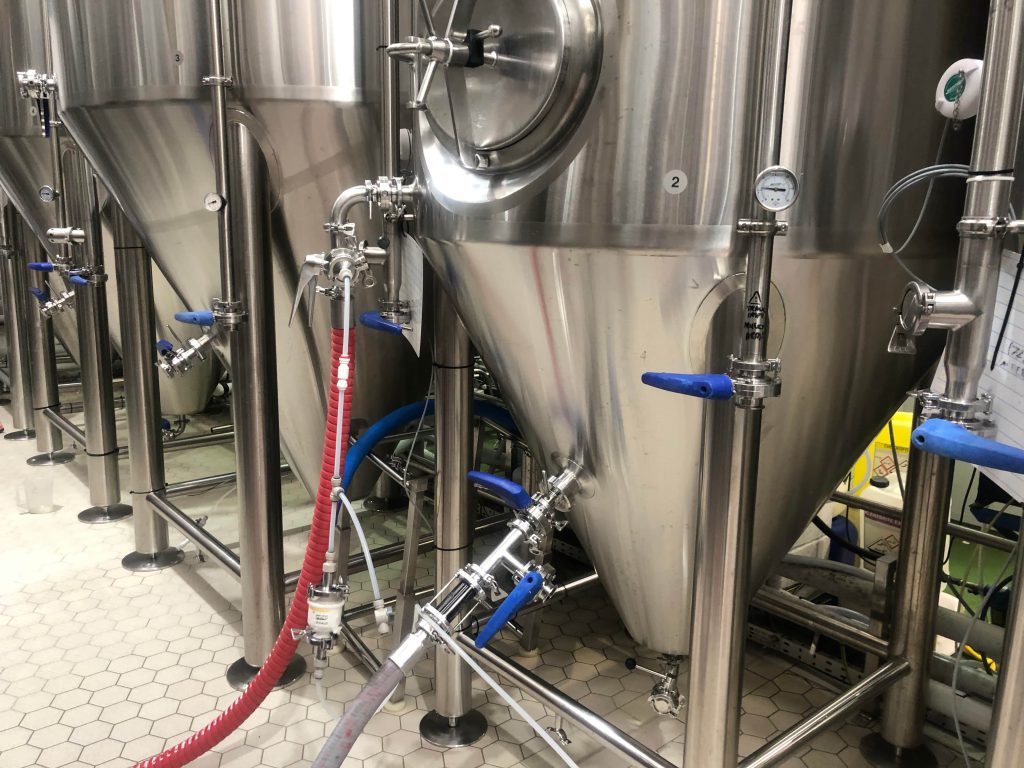Introduction

Craft brewing has surged in popularity over the past decade, and with this rise in interest comes a greater emphasis on quality and technique. Among the many tools and equipment used in home brewing, the fermentation vessel with airlock stands out as a critical component. This blog post will delve into the benefits of using a fermentation vessel with airlock, exploring its advantages, how it compares to other options, and answering common questions about its use. By the end of this comprehensive guide, you’ll understand why this piece of equipment is essential for successful craft brewing.
What is a Fermentation Vessel with Airlock?
A fermentation vessel with airlock is a specialized container designed to hold the wort or beer during the fermentation process. The vessel is equipped with an airlock—a device that allows gases produced during fermentation to escape while preventing outside air and contaminants from entering. This setup is crucial for maintaining the integrity of the fermentation process and achieving the desired quality of the final product.
The Components of a Fermentation Vessel with Airlock
- Fermentation Vessel: Typically made from glass, plastic, or stainless steel, this vessel is where the wort is fermented. Glass carboys are popular for their visibility and ease of cleaning, while plastic and stainless steel options offer durability and resistance to breakage.
- Airlock: This is a small, often plastic device that fits into the top of the fermentation vessel. It usually contains a water seal that allows carbon dioxide to escape while blocking contaminants and air.
Advantages of Using a Fermentation Vessel with Airlock
Prevents Contamination
The primary benefit of using a fermentation vessel with airlock is the prevention of contamination. During fermentation, yeast produces carbon dioxide, which needs to escape. An airlock allows these gases to exit without letting in outside air, which could introduce bacteria or wild yeast strains that might spoil the brew. This protective feature helps ensure that the fermentation process remains uncontaminated and the final product is of high quality.
Maintains Consistent Fermentation Conditions
Consistency is key in brewing. A fermentation vessel with airlock helps maintain stable fermentation conditions by preventing temperature fluctuations and exposure to oxygen. Oxygen exposure can lead to off-flavors and spoilage, so the airtight seal provided by the airlock is crucial in preserving the intended taste and aroma of the beer.
Reduces Risk of Explosion
Fermentation produces carbon dioxide as a byproduct, which can build up pressure inside the vessel. An airlock allows excess gas to escape safely, reducing the risk of pressure buildup and potential explosions. This safety feature is particularly important in home brewing, where pressure management is crucial.
Ease of Monitoring
With a clear fermentation vessel, brewers can easily monitor the progress of fermentation. The airlock also provides visual cues about fermentation activity. Bubbling in the airlock indicates that fermentation is occurring, while a lack of activity can signal potential issues. This visibility helps brewers make timely adjustments and ensure a successful fermentation process.
Improves Flavor and Aroma
By preventing contamination and oxidation, a fermentation vessel with airlock helps preserve the delicate flavors and aromas of the beer. This results in a cleaner, more refined final product. The controlled environment provided by the vessel helps yeast work more efficiently, contributing to better flavor development.
Facilitates Easier Cleanup
Fermentation vessels with airlocks are generally easy to clean. Many are designed with wide openings that allow for thorough cleaning and sanitizing. This ease of maintenance helps prevent infections and ensures that each batch of beer is brewed under optimal conditions.
Versatility in Brewing
Fermentation vessels with airlocks are versatile and can be used for various types of fermentation, including primary and secondary fermentation. This adaptability makes them suitable for a wide range of brewing styles and techniques, whether you’re brewing ales, lagers, or experimental brews.
Comparing Fermentation Vessels: Airlock vs. No Airlock

To illustrate the benefits of using a fermentation vessel with airlock, it’s helpful to compare it to fermentation vessels without airlocks. The table below outlines key differences between the two options.
| Feature | Fermentation Vessel with Airlock | Fermentation Vessel without Airlock |
|---|---|---|
| Contamination Prevention | High | Low |
| Gas Release | Controlled via airlock | May require manual release |
| Oxygen Exposure | Minimal | Higher risk |
| Pressure Management | Effective | Less effective |
| Ease of Monitoring | Visual indicators provided | Less visibility |
| Flavor Preservation | Better | Variable |
| Cleanup | Easy | May vary |
Conclusion
A fermentation vessel with airlock is an indispensable tool for craft brewers looking to achieve high-quality results. Its benefits, including contamination prevention, consistent fermentation conditions, and improved flavor preservation, make it a valuable investment for both novice and experienced brewers. By understanding how this equipment enhances the brewing process, you can make more informed decisions and elevate the quality of your home-brewed beer.
FAQ
Q:How do I properly clean and sanitize my fermentation vessel with airlock?
A:To clean your fermentation vessel, disassemble the airlock and thoroughly wash all components with warm, soapy water. Use a bottle brush for hard-to-reach areas. Rinse well and sanitize using a suitable brewing sanitizer. Make sure all parts are completely dry before reassembling.
Q:Can I use a fermentation vessel with airlock for both primary and secondary fermentation?
A:Yes, fermentation vessels with airlocks are versatile and can be used for both primary and secondary fermentation. The airlock helps control gas release and prevent contamination throughout both stages.
Q:How often should I replace the airlock on my fermentation vessel?
A:Airlocks generally do not need to be replaced frequently. However, if you notice any cracks, leaks, or if the seal is no longer effective, it’s a good idea to replace the airlock to maintain proper fermentation conditions.
Q:What size fermentation vessel with airlock should I use?
A:The size of the fermentation vessel depends on the batch size of your beer. Common sizes range from 1 gallon to 6.5 gallons (or larger). Ensure the vessel size is appropriate for the volume of wort you are fermenting to avoid issues with overflow and pressure buildup.
Q:Can I use an airlock with a non-glass fermentation vessel?
A:Yes, airlocks can be used with various types of fermentation vessels, including plastic and stainless steel. Ensure that the airlock fits securely and that the vessel is properly sealed to prevent contamination.
